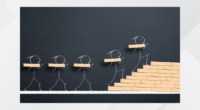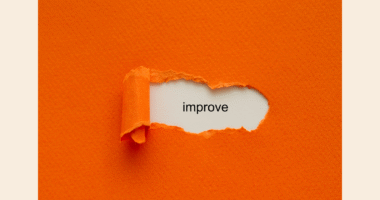Implementing Kaizen in manufacturing can significantly improve productivity, reduce waste, and enhance overall operational efficiency. Kaizen, meaning “change for the better,” focuses on small, continuous improvements that collectively drive major results. To help manufacturing teams succeed, here are seven essential Kaizen techniques every manager should implement.
1. 5S Methodology
The 5S methodology is a foundational Kaizen tool that organizes the workplace for efficiency and safety. It includes:
-
Sort: Remove unnecessary items from the workspace.
-
Set in Order: Arrange tools and materials for easy access.
-
Shine: Keep the workplace clean and orderly.
-
Standardize: Establish consistent procedures for maintenance.
-
Sustain: Ensure ongoing adherence to these practices.
Implementing 5S reduces waste, prevents errors, and improves workflow.
2. Value Stream Mapping
Value stream mapping (VSM) helps visualize the entire production process, from raw materials to finished products. By identifying bottlenecks, redundancies, and non-value-added activities, manufacturers can streamline operations and eliminate inefficiencies.
3. Kaizen Events
Kaizen events are focused, short-term improvement projects targeting specific areas of the manufacturing process. Teams collaborate intensively to identify problems, implement solutions, and achieve measurable results quickly.
4. Standardized Work
Creating standardized work procedures ensures consistency, reduces errors, and simplifies training for new employees. By documenting the best practices for each task, manufacturing teams can maintain quality while continuously refining processes.
5. Continuous Flow
Continuous flow aims to move products through production with minimal interruption, reducing wait times and inventory buildup. This technique enhances efficiency, improves lead times, and ensures a smoother manufacturing process.
6. Root Cause Analysis
When issues arise, conducting a root cause analysis helps identify the underlying problem rather than just addressing symptoms. Techniques like the 5 Whys or fishbone diagrams allow teams to implement long-term solutions that prevent recurrence.
7. Visual Management
Visual management tools, such as color-coded labels, signage, and performance boards, make process information easily accessible. Visual cues help employees understand standards, identify deviations quickly, and promote accountability on the shop floor.
Implementing Kaizen Techniques Successfully
To maximize the benefits of these techniques, managers should engage employees at all levels, encourage experimentation, and monitor key performance indicators (KPIs) such as cycle time, defect rates, and production efficiency. By fostering a culture of continuous improvement and using these Kaizen tools effectively, manufacturing organizations can achieve operational excellence, higher productivity, and long-term success.









